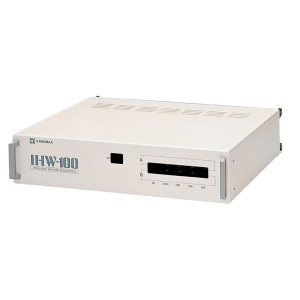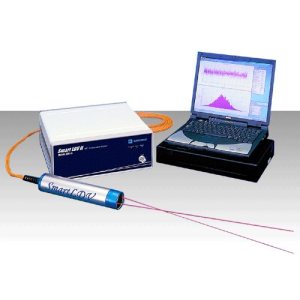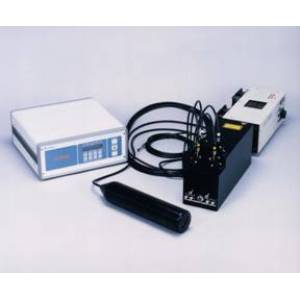测量效果: 平面(二位/三维)
产地类别: 进口
测量频率: 低频
测速范围: 0-2km/s
测定准确度: 1%
测量区域大小: 0-1mX1m
看了粒子图像测速仪(PIV)的用户又看了
表面流动测量系统采用摄影法和光学互相关处理技术。可以测量并记录表面3D速度场合三维表面形貌随时间演化过程。这种新方法是研究表面形貌和周围流场相互作用耦合效应的理想工具。表面流动测量可以简便地利用标准3D PIV FlowMaster® 测量系统来实现,并且只用到两台相机装置和软件分析工具,不需要任何特别的照明光源。
应用:
1。自由表面水波的运动
2。流体中阻挡物的形变(心脏瓣膜,生物组织,襟翼等)
3。颗粒流
功能特色:
1。支持标准的和高速PIV相机
2。表面流软件完整地集成安装在DaVis平台上
3。简便易用的设置,调整和运算程序
4。用户友好的标定向导

热线风速仪CTA/HWA
型号:IHW-100 10万 - 30万
紧凑型激光多普勒测速系统
型号:Smart LDV II 面议
激光多普勒测速仪
型号:LDV 面议
BubbleMaster气泡检测仪
型号:BubbleMaster 10万 - 30万Many marine organisms have complex life histories, having sessile adults and relying on the planktonic larvae for dispersal. Larvae swim and disperse in a complex fluid environment and the effect of ambient flow on larval behavior could in turn impact their survival and transport. However, to date, most studies on larvae–flow interactions have focused on competent larvae near settlement. We examined the importance of flow on early larval stages by studying how local flow and ontogeny influence swimming behavior in pre-competent larval sea urchins, Arbacia punctulata. We exposed larval urchins to grid-stirred turbulence and recorded their behavior at two stages (4- and 6-armed plutei) in three turbulence regimes. Using particle image velocimetry to quantify and subtract local flow, we tested the hypothesis that larvae respond to turbulence by increasing swimming speed, and that the increase varies with ontogeny.
LaVision GmbH粒子图像测速FlowMaster®-surf的工作原理介绍
粒子图像测速FlowMaster®-surf的使用方法?
LaVision GmbHFlowMaster®-surf多少钱一台?
粒子图像测速FlowMaster®-surf可以检测什么?
粒子图像测速FlowMaster®-surf使用的注意事项?
LaVision GmbHFlowMaster®-surf的说明书有吗?
LaVision GmbH粒子图像测速FlowMaster®-surf的操作规程有吗?
LaVision GmbH粒子图像测速FlowMaster®-surf报价含票含运吗?
LaVision GmbHFlowMaster®-surf有现货吗?
最多添加5台
